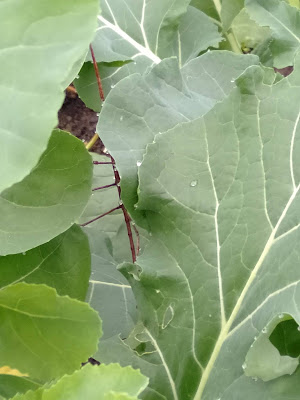How nature evolves
'Walk into a first-floor room at the Renwick Gallery of the Smithsonian American Art Museum and the high-ceilinged space looks, at first, quite desolate. Tree stumps made of glass sprout from five rock-like mounds, and at the center of the room, nestled in a sixth craggy habitat, stands a tree made of copper and glass. Otherwise, the landscape seems barren and nearly sapped of color.
But grab one of the red-cased tablets off the wall or unlock a smartphone, and the exhibition springs to life with an augmented reality display. Aim the device’s camera at the tree rings, and inventive flora of the future appear, gently swaying in a virtual breeze. The exquisite world created in the museum's new exhibition 'Reforestation of the Imagination' comes straight from the mind of the Seattle-based artist Ginny Ruffner, who decided to ponder the imponderable—in the aftermath of an apocalyptic mass extinction event, how might life on Earth continue to evolve and thrive?' (taken from the site)
And for those of you who have seen the Dinosaur r'Evolution exhibition at the Tasmanian Museum and Art Gallery in Hobart, you may already have experienced this amazing augmented reality. If you haven't, then be sure to visit it in Launceston at the Queen Victoria Museum at Inveresk.
It is worth a look!!
I took these photos of the augmented reality at the Dinosaur Symposium in Hobart earlier in the year.
The dinosaur is at first just a skeleton
The dinosaur then magically become flesh and wanders around
The developer of the program then has multiple dinosaurs (holograms) all over the stage










